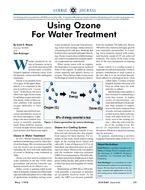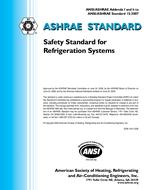The purpose of this paper is to describe an enhanced radiation calculation method that can be used to determine the impact of in-space furnishings and other obstacles on localized thermal comfort. The methodology is based on the Building Comfort Analysis Program methodology that was developed during ASHRAE Research Project 657 and ASHRAE Research Project 907.
The customary method used to determine radiation heat transfer within the enclosed space is to define each surface as a radiating surface and then determine the view factors between each surface. The outcome of ASHRAE Research Project 657, Development of a Simplified Methodology to Incorporate Radiation Heat Transfer into Thermal Comfort Calculations, provides an alternative approach to calculating radiation heat transfer. This alternative approach focuses on the fundamental radiation property and the intensity, and utilizes the fundamental radiation transfer equation to determine the radiant intensity field within an enclosed space. Recent work has shown that the radiant intensity field can be successfully used to calculate parameters such as radiant heat transfer at a surface and the mean radiant temperature at any point in the room, all without resorting to view factors.
This paper expands on the radiation transfer equation approach by developing a method that can be used to address radiant shading. Radiant shading comes into play when partitions are used in a radiantly heated office or when large furnishings are used in the occupied space. The results demonstrate how radiation energy flows through a room, and how the HVAC designer can use this knowledge to design radiant heating and cooling panels for optimal performance.
Units: SI
Citation: Symposium, ASHRAE Transactions, vol. 108, pt. 2
Product Details
- Published:
- 2002
- Number of Pages:
- 8
- File Size:
- 1 file , 6.3 MB
- Product Code(s):
- D-9039


